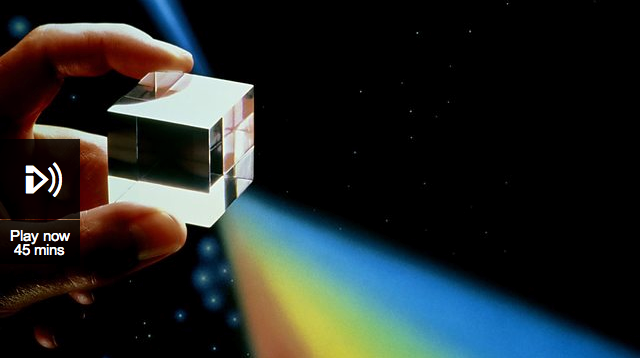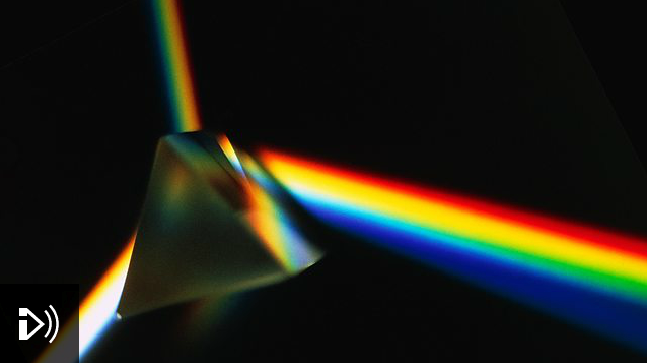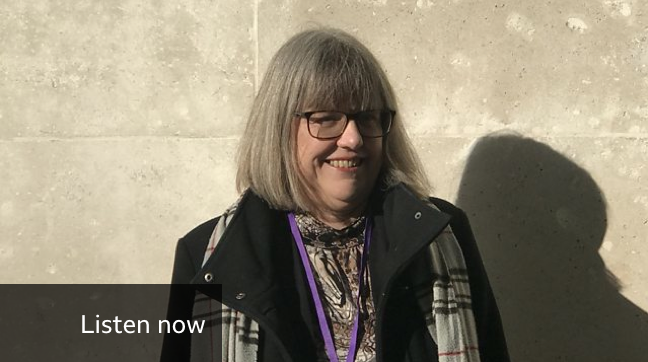The Wave Nature of Light Resources
Copyright on all materials on this site is retained by the authors. You are granted a limited license to reproduce these resources for classroom use, provided the copyright notices are not removed. Charging a fee for these resources, or distributing them in any way outside your classroom, is prohibited.
Waves and Light
In Our Time: The Speed of Light
In Our Time is a wonderful series on BBC Radio 4.
Melvyn Bragg and guests discuss the speed of light. Scientists and thinkers have been fascinated with the speed of light for millennia. Aristotle wrongly contended that the speed of light was infinite, but it was the 17th Century before serious attempts were made to measure its actual velocity – we now know that it’s 186,000 miles per second.
Then in 1905 Einstein’s Special Theory of Relativity predicted that nothing can travel faster than the speed of light. This then has dramatic effects on the nature of space and time. It’s been thought the speed of light is a constant in Nature, a kind of cosmic speed limit, now the scientists aren’t so sure.
Melvyn Bragg and guests discuss the speed of light. Scientists and thinkers have been fascinated with the speed of light for millennia. Aristotle wrongly contended that the speed of light was infinite, but it was the 17th Century before serious attempts were made to measure its actual velocity – we now know that it’s 186,000 miles per second.
Then in 1905 Einstein’s Special Theory of Relativity predicted that nothing can travel faster than the speed of light. This then has dramatic effects on the nature of space and time. It’s been thought the speed of light is a constant in Nature, a kind of cosmic speed limit, now the scientists aren’t so sure.
In Our Time: Radiation
In Our Time is a wonderful series on BBC Radio 4.
Melvyn Bragg and guests Jim Al-Khalili, Frank Close and Frank James discuss the history of the discovery of radiation.
Today the word ‘radiation’ conjures up images of destruction. But in physics, it simply describes the emission, transmission and absorption of energy, and the discovery of how radiation works has allowed us to identify new chemical elements, treat cancer and work out what the stars are made of.
Melvyn Bragg and guests Jim Al-Khalili, Frank Close and Frank James discuss the history of the discovery of radiation.
Today the word ‘radiation’ conjures up images of destruction. But in physics, it simply describes the emission, transmission and absorption of energy, and the discovery of how radiation works has allowed us to identify new chemical elements, treat cancer and work out what the stars are made of.
Royal Institution: Double Slit Experiment
In Our Time: The Photon
In Our Time is a wonderful series on BBC Radio 4.
Melvyn Bragg and his guests discuss the photon, one of the most enigmatic objects in the Universe. Generations of scientists have struggled to understand the nature of light. In the late nineteenth century it seemed clear that light was an electromagnetic wave. But the work of physicists including Planck and Einstein shed doubt on this theory. Today scientists accept that light can behave both as a wave and a particle, the latter known as the photon. Understanding light in terms of photons has enabled the development of some of the most important technology of the last fifty years.
Melvyn Bragg and his guests discuss the photon, one of the most enigmatic objects in the Universe. Generations of scientists have struggled to understand the nature of light. In the late nineteenth century it seemed clear that light was an electromagnetic wave. But the work of physicists including Planck and Einstein shed doubt on this theory. Today scientists accept that light can behave both as a wave and a particle, the latter known as the photon. Understanding light in terms of photons has enabled the development of some of the most important technology of the last fifty years.
Applications of the Wave Nature of Light
Discovery: Donna Strickland and extremely powerful lasers
Discovery is a BBC Radio 4 programme that explores today's most significant scientific discoveries and talks to the scientists behind them.
Donna Strickland tells Jim Al-Khalili why she wanted to work with lasers and what it feels like to be the first woman to win a Nobel Prize for Physics in 55 years. When the first laser was built in 1960, it was an invention looking for an application. Science fiction found uses for these phenomenally powerful beams of light long before real world applications were developed. Think Star Wars light sabres and people being sliced in half. Today lasers are used for everything from hair removal to state of the art weapons. Working with her supervisor Gerard Mourou in the 1980s, the Canadian physicist, Donna Strickland found a way to make laser pulses that were thousands of times more powerful than anything that had been made before. These rapid bursts of intense light energy have revolutionised laser eye surgery and, it's hoped, could open the doors to an exciting range of new applications from pushing old satellites out of earth's orbit to treatments for deep brain tumours.
Donna Strickland tells Jim Al-Khalili why she wanted to work with lasers and what it feels like to be the first woman to win a Nobel Prize for Physics in 55 years. When the first laser was built in 1960, it was an invention looking for an application. Science fiction found uses for these phenomenally powerful beams of light long before real world applications were developed. Think Star Wars light sabres and people being sliced in half. Today lasers are used for everything from hair removal to state of the art weapons. Working with her supervisor Gerard Mourou in the 1980s, the Canadian physicist, Donna Strickland found a way to make laser pulses that were thousands of times more powerful than anything that had been made before. These rapid bursts of intense light energy have revolutionised laser eye surgery and, it's hoped, could open the doors to an exciting range of new applications from pushing old satellites out of earth's orbit to treatments for deep brain tumours.





Teaching Science